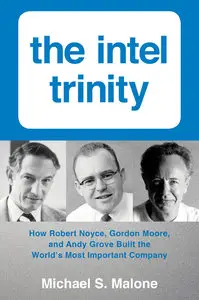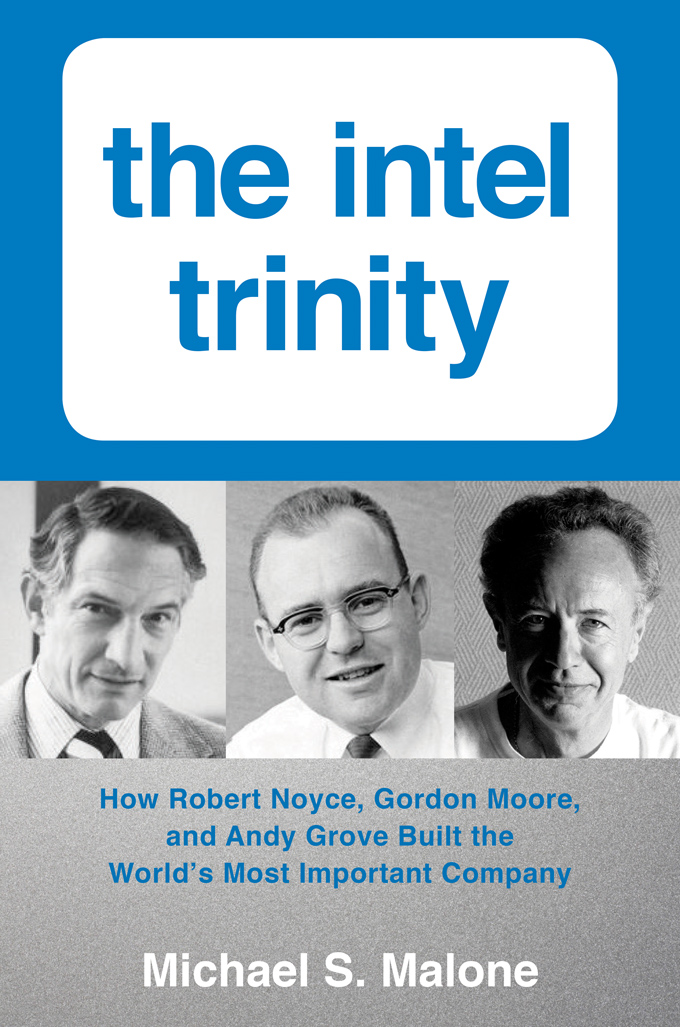Michael S. Malone "The Intel Trinity: How Robert Noyce, Gordon Moore, and Andy Grove Built the World's Most Important Company"
HarperBusiness | English | July 15, 2014 | ISBN: 0062226762 | 560 pages | azw, epub, lrf, mobi | 7,4 mb
HarperBusiness | English | July 15, 2014 | ISBN: 0062226762 | 560 pages | azw, epub, lrf, mobi | 7,4 mb
Intel’s greatest strength has been its willingness to take huge risks, even betting the company, according to Michael Malone in this book. On the occasions when those bets have failed, the company has clawed its way back into the game through superhuman effort and will… and then immediately gone on to take yet more risks.
The story starts in September 1957 when the “Traitorous Eight” employees of Shockley Transistor left to form their own company, which became Fairchild Semiconductor. When Fairchild started falling apart a decade later, two of its key scientists and leaders, Bob Noyce and Gordon Moore, decided to start a new business, and Andy Grove joined them as their first employee at Intel. The book goes on to describe Intel’s ups and downs over the ensuing 45 years.
Gordon Moore had first observed in 1965 that the complexity of integrated circuits was doubling every year, and in the 1970s the doubling of computer chip performance every two years became known as Moore’s Law. Intel Corporation, as the keeper of Moore’s Law, proceeded over the next several decades to innovate at the required rate, using a combination of science and business cunning to stay ahead of its competitors.
It is a well-crafted story, although perhaps a bit longer than necessary. Intel seems to have “come roaring out” or “come roaring back” after downturns quite a few times, and the traits of some characters get repeated a bit. I have no personal knowledge of the key individuals, but can’t help suspecting that they have been a little bit stereotyped. For example, I suspect that Andy Grove’s attitude towards Bob Noyce was more nuanced than the animosity portrayed by the author.
Notwithstanding these minor issues, I thoroughly enjoyed the book. Intel Corporation has had a profound effect not only on the field of electronics but on the world as a whole. It has been one of the key players in the digital revolution, and there is a great deal to learn from the manner in which the company has been run, and its successes and failures over the years.



